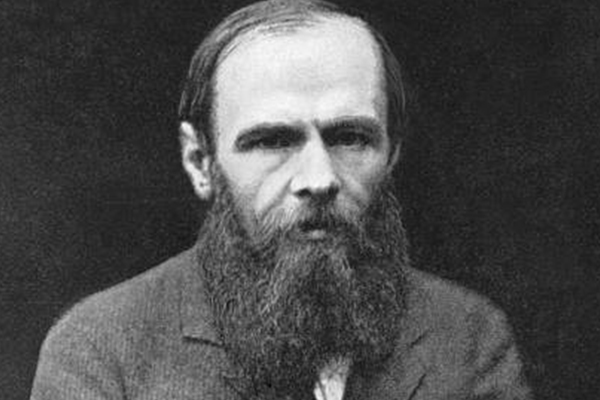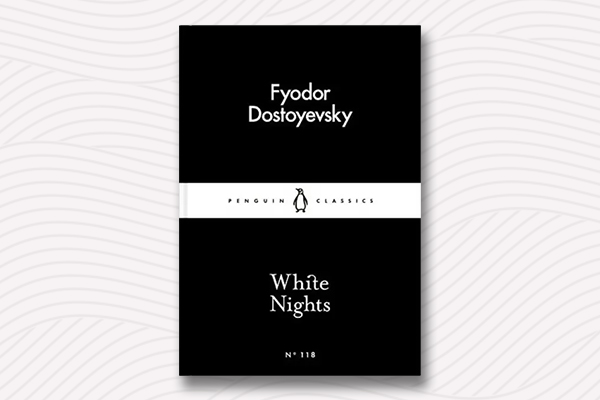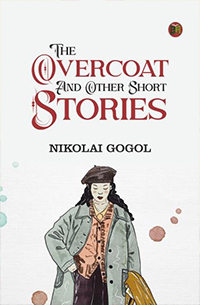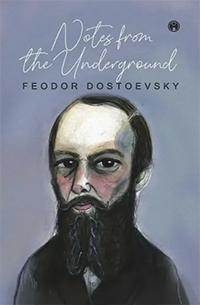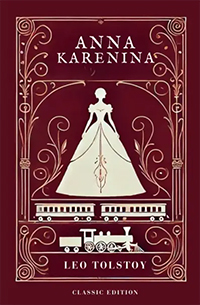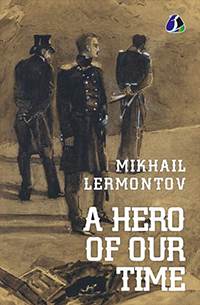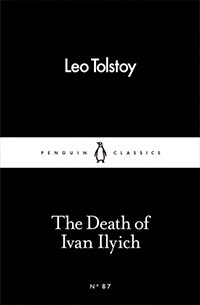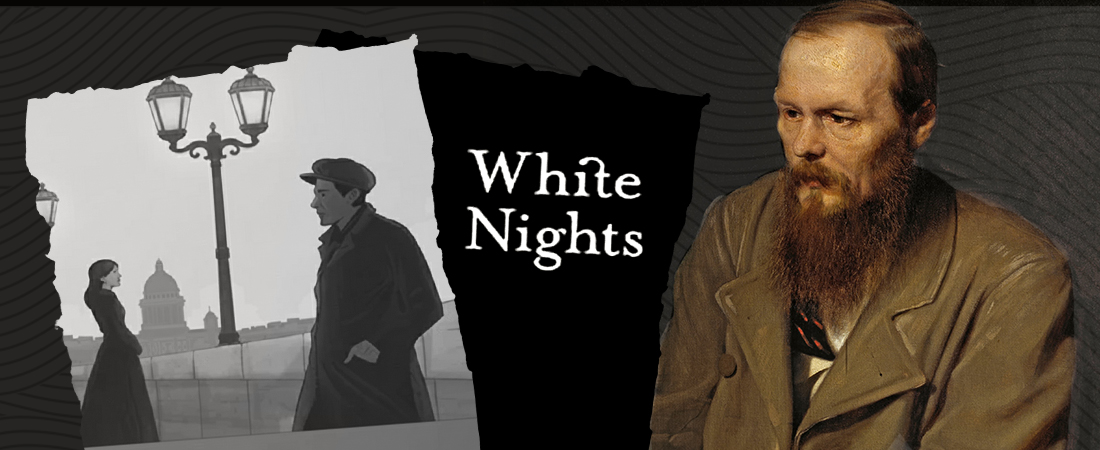
Plot, Meaning, and Modern Appeal
In the 19th century, during the golden age of Russian literature, writers like Leo Tolstoy (War and Peace), Anton Chekhov (The Cherry Orchard), and Fyodor Dostoyevsky (Crime and Punishment) redefined storytelling and human psychology through their timeless works. Among these greats, White Nights by Fyodor Dostoyevsky stands out for its quiet simplicity and emotional depth. Written long before his more famous works like Crime and Punishment or The Brothers Karamazov, this novella offers a glimpse into the author’s tender, romantic side.
Read on to find out who Dostoyevsky was, what White Nights is about, and why it went viral on social media recently!
Whether you’re discovering Russian literature for the first time or are a Dostoyevsky fan looking to revisit his early writing, this piece will guide you through the enduring magic of White Nights.
Fyodor Mikhailovich Dostoyevsky (1821–1881) was a Russian novelist, short story writer, and essayist, He was one of the towering figures of 19th-century world literature. Born in Moscow, he grew up in a middle-class family near a hospital where his father worked as a doctor. His early exposure to the struggles of the poor left a lasting mark on his writing.
Dostoyevsky studied engineering but soon abandoned a conventional career to pursue literature. His debut novel, Poor Folk (1846), earned instant acclaim and established him as a rising literary voice. However, his life took a dark turn when he was arrested for participating in a discussion circle accused of anti-government activities. He narrowly escaped execution and was exiled to Siberia for four years. This period profoundly shaped his later works.
After returning to St. Petersburg, Russia, Dostoyevsky wrote prolifically, exploring the moral and spiritual struggles of ordinary people. His personal battles with debt, illness, and loss fuelled the intensity of his novels that still resonate today.
Dostoyevsky’s name is synonymous with complex characters and moral dilemmas. His masterpieces Crime and Punishment, The Brothers Karamazov, and The Idiot redefined storytelling. But White Nights captures another side of him: the dreamer, the romantic, the believer in human kindness and fleeting connection.
First published in 1848, White Nights is a short story – or more accurately, a “sentimental novella” – set in St. Petersburg during the luminous summer nights when the sun barely sets. It follows a lonely young man known only as “the Dreamer,” whose quiet, isolated existence changes when he meets a young woman named Nastenka.
Plot Summary and Characters
The story unfolds over four nights and a morning. The Dreamer, a shy and introspective man, wanders the city imagining conversations and living in his own world of fantasy. One night, he encounters Nastenka crying by a canal and helps her. They begin to meet every evening, sharing confessions, hopes, and heartbreaks.
Nastenka tells him she’s waiting for a man she loves – someone who promised to return but hasn’t. The Dreamer, captivated by her honesty and vulnerability, falls in love with her even as he realises she may never feel the same way. Their connection is short-lived, yet it transforms both their lives.
The final scene when the Dreamer’s romantic illusion collapses, remains one of Dostoyevsky’s most poignant moments. It’s a story of hope and heartbreak, solitude and self-discovery.
Length and Style
At just under 60 pages, White Nights is one of Dostoyevsky’s shortest works, making it a perfect entry point into Russian literature. His writing here is poetic, introspective, and deeply emotional. The tone is tender rather than tragic. The dialogue feels intimate, almost cinematic, revealing Dostoyevsky’s early fascination with human psychology.
The novella belongs to the Romantic genre, focusing on idealised love, loneliness, and the pain of unfulfilled dreams. It lacks the philosophical density of Crime and Punishment, but its emotional resonance is timeless.
Reception and Legacy
When White Nights by Fyodor Dostoyevsky was first published, it was well-received for its charm and simplicity. Over the years, it has been adapted into films, operas, and plays in several languages.
Recently, White Nights went viral on social media platforms like Instagram and BookTok. Short quotes such as “I am a dreamer. I know so little of real life” and “What is love but a dream?” resonated with young readers around the world. The novella’s themes of fleeting connection and bittersweet love feel surprisingly modern in today’s digital age.
How It Compares to Dostoyevsky’s Other Books
If Crime and Punishment is about moral guilt and redemption, and The Brothers Karamazov is about faith and family, White Nights is about innocence and yearning. It’s softer, more delicate, reflective of a story written by a young Dostoyevsky before life’s hardships hardened his worldview. Yet even here, you sense the seeds of the empathy and insight that would later come to define his masterpieces.
Books Like White Nights That May Interest You
If you love White Nights, and are looking for similar books from Russian literature with themes of love or loneliness, you may enjoy:
Why You Should Read White Nights Today
Because it’s short, heartfelt, and timeless. White Nights by Fyodor Dostoyevsky reminds us that even brief encounters can change us forever. It’s a book that captures the ache of being human, a theme as relevant in 1848 as it is in 2025.
If you’ve always wanted to explore Russian literature but felt intimidated by its density, start here. It’s Dostoyevsky at his most accessible and his most emotional.
FAQ
1. What are the top 10 classic books to read?
If you’re building your classic literature collection, start with these timeless reads:
- War and Peace by Leo Tolstoy
- Crime and Punishment by Fyodor Dostoyevsky
- Pride and Prejudice by Jane Austen
- The Brothers Karamazov by Fyodor Dostoyevsky
- Jane Eyre by Charlotte Brontë
- The Great Gatsby by F. Scott Fitzgerald
- Wuthering Heights by Emily Brontë
- Anna Karenina by Leo Tolstoy
- 1984 by George Orwell
- The Picture of Dorian Gray by Oscar Wilde
These masterpieces continue to inspire generations and are excellent entry points into world classics and Russian literature alike.
2. What is the shortest book by Dostoyevsky?
White Nights is one of Fyodor Dostoyevsky’s shortest and most accessible works. At under 60 pages, it’s a novella rather than a full-length novel—perfect for readers who want to experience Dostoyevsky’s emotional depth and storytelling brilliance without diving into his heavier tomes like Crime and Punishment or The Brothers Karamazov.
3. Who are the main characters in White Nights?
The story centres on two characters:
- The Dreamer – a lonely, introspective man who lives in his imagination and yearns for connection.
- Nastenka – a young woman he meets by chance, who is waiting for her lost love to return.
Their brief but heartfelt encounters form the emotional core of White Nights by Fyodor Dostoyevsky.
4. What is the message of White Nights by Dostoyevsky?
At its heart, White Nights explores the beauty and pain of fleeting love, the ache of loneliness, and the bittersweet nature of dreams that don’t come true. Dostoyevsky reminds readers that even short-lived connections can change us profoundly. It’s a meditation on hope, heartbreak, and the quiet courage of those who continue to dream despite disappointment.
5. When was White Nights published?
White Nights was first published in 1848 in the literary journal Annals of the Fatherland. It belongs to Dostoyevsky’s early period—before his arrest and exile—and showcases his more sentimental, romantic side, which contrasts beautifully with the darker philosophical tone of his later masterpieces.
If you’ve always wanted to explore Russian literature but felt intimidated by its density, start here. It’s Dostoyevsky at his most accessible and his most emotional.

